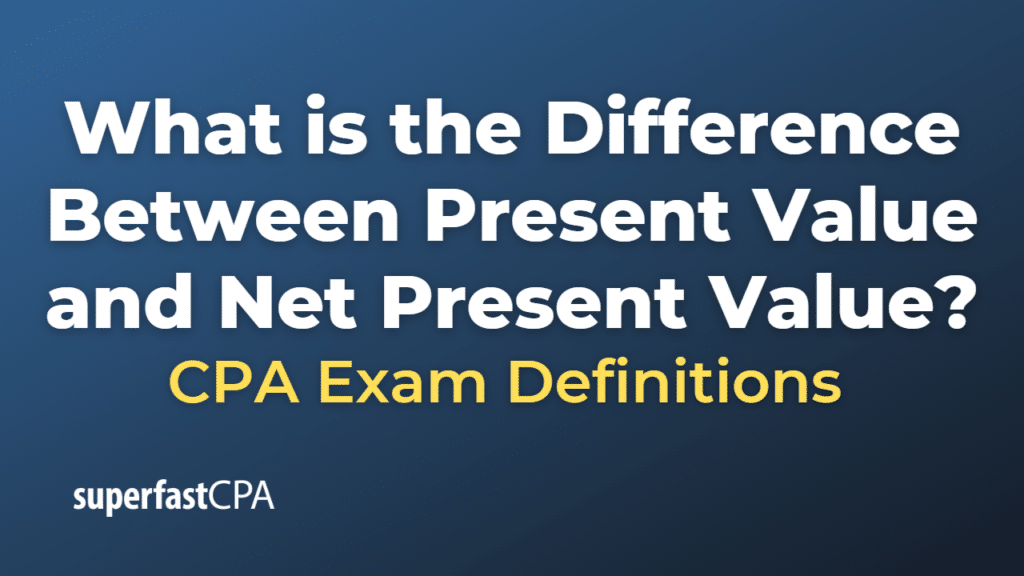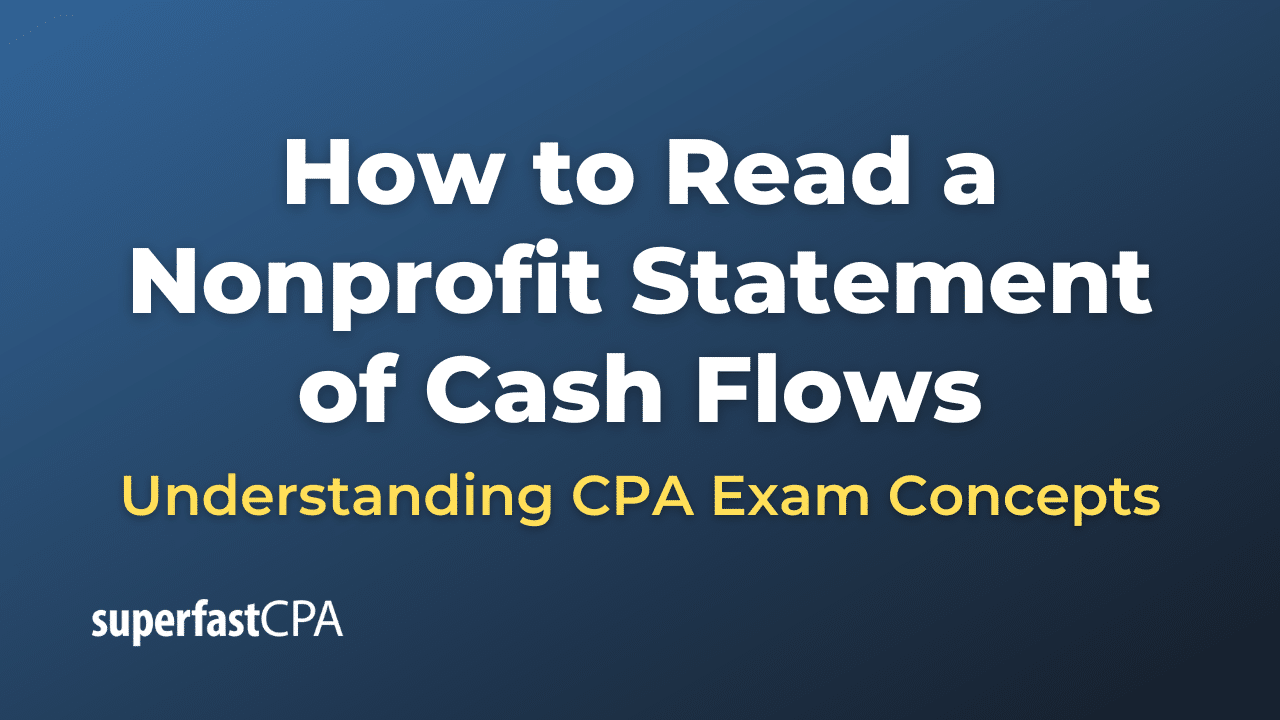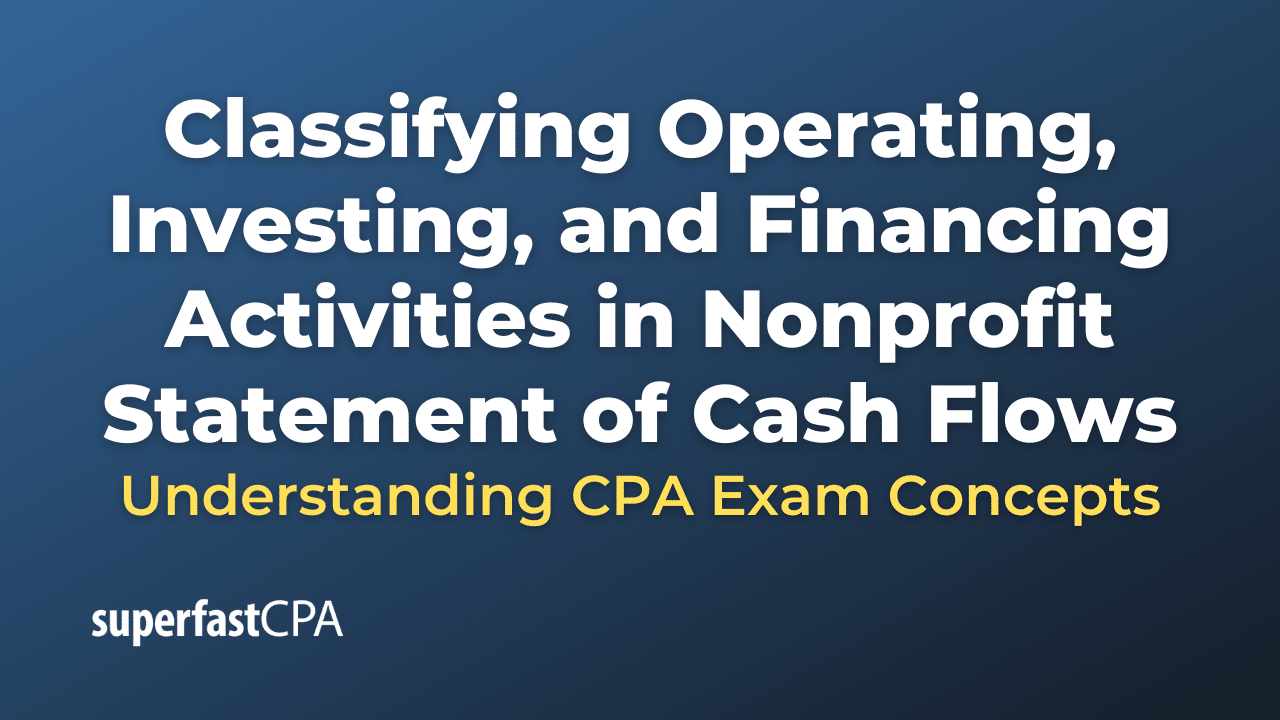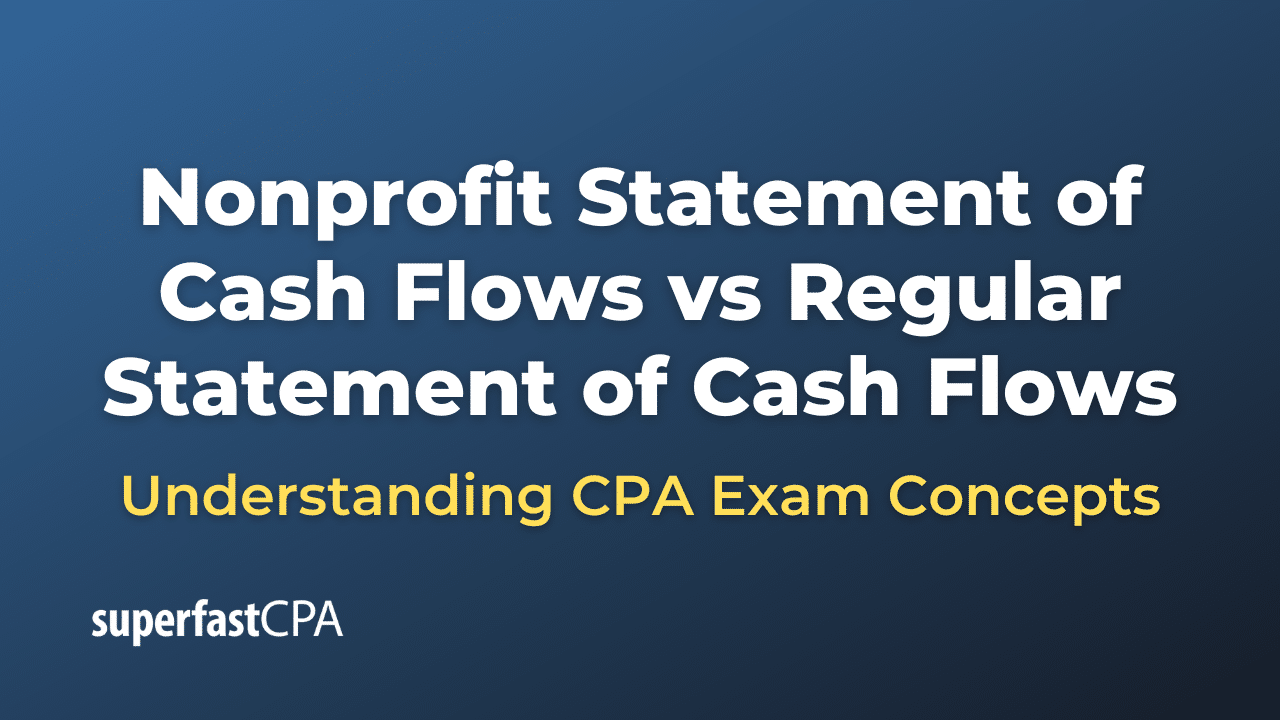Difference Between Present Value and Net Present Value
Present Value (PV) and Net Present Value (NPV) are two important concepts in finance, especially in investment appraisal, capital budgeting, and valuation. Here’s how they differ:
- Present Value (PV): This is the value of a single future cash flow today, given a specific rate of return (or discount rate). It tells you how much a future sum of money is worth in today’s terms. This concept is based on the principle of time value of money, which states that a dollar today is worth more than a dollar in the future, because the dollar today can be invested and earn interest.
For example, if you will receive $110 one year from now and the interest rate is 10%, the present value of that $110 is $100. This is calculated as $110 / (1+0.10) = $100. - Net Present Value (NPV): This is a step further from the PV concept. It involves a series of cash flows, both incoming and outgoing, over a period of time. The NPV calculation discounts all those cash flows back to the present and then sums them up. If you’re evaluating an investment or a project, you’d calculate the NPV of the expected future cash inflows and outflows associated with that project.
For example, if you’re considering a project that will cost $1,000 today and is expected to generate $600 a year for the next two years, with a discount rate of 10%, the NPV would be calculated as follows:NPV = – $1000 + $600 / (1+0.10) + $600 / (1+0.10)^2The NPV in this case is approximately -$675. Hence, based on the NPV, it would not be advisable to undertake this project, since the outflows (costs) outweigh the inflows (returns).
In conclusion, while PV is used to calculate the current value of a single future sum, NPV is used to calculate the total present value of a series of cash flows (both inflows and outflows) when considering an investment or project. Both concepts are important tools in financial decision making.
Example of the Difference Between Present Value and Net Present Value
Present Value Example:
Suppose you have a bond that will pay you $1,000 in 5 years, and the current interest rate is 5% per year. You want to know what the bond’s worth is in today’s terms. In this case, you would calculate the present value:
\(\text{PV} = \frac{\text{\$1,000}}{\text{(1 + 0.05)}^5} = \$783.53\)
So, the present value of that $1,000 future payment is approximately $783.53, given a 5% interest rate.
Net Present Value Example:
Now let’s say you’re considering investing in a business that requires an initial investment of $10,000 today. You expect the business to generate returns of $3,000 at the end of the first year, $4,000 at the end of the second year, and $5,000 at the end of the third year. The discount rate is 5%.
The NPV calculation would look like this:
\(\text{NPV} = \frac{\text{\$3,000}}{\text{(1 + 0.05)}^1} + \frac{\text{\$4,000}}{\text{(1 + 0.05)}^2} +\frac{\text{\$5,000}}{\text{(1 + 0.05)}^3} – \$10,000 \)
If you calculate the above, you get NPV = $704.16
Since the NPV is positive, the expected cash inflows (returns) are greater than the outflows (initial investment), so the investment could be a good one, assuming the cash flows and discount rate are accurate and all other factors are equal.
Remember, in real life, many more factors need to be taken into account, and there’s always uncertainty about future cash flows and the appropriate discount rate to use.














